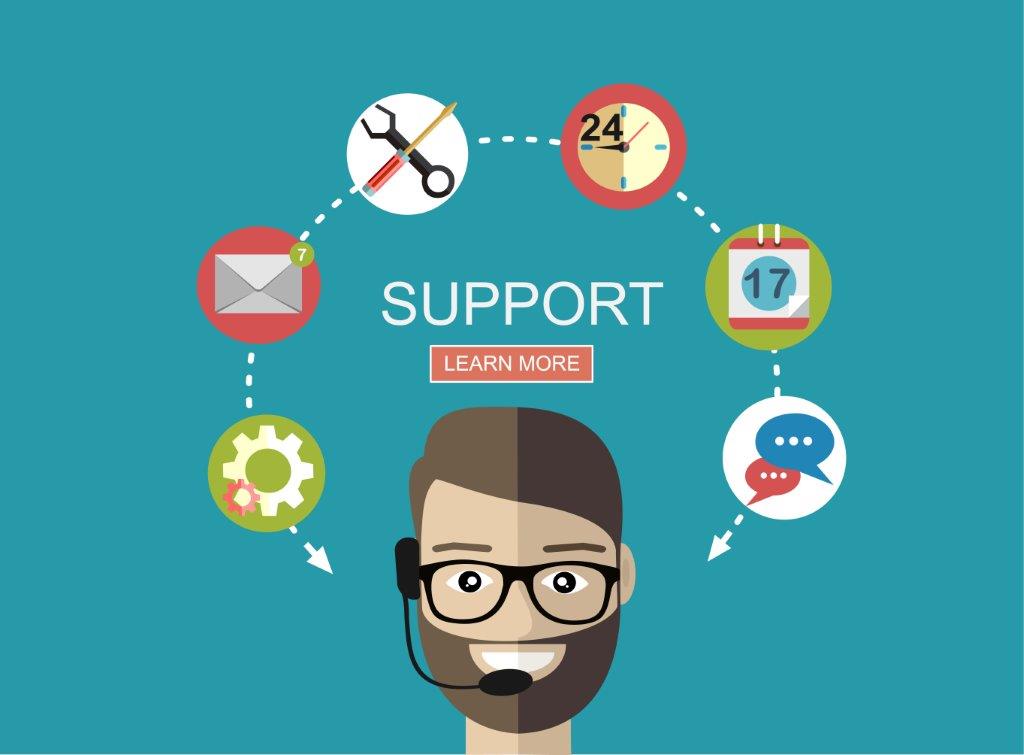We surveyed 100 traditional service clients and asked, “What does outstanding support look like to you?”
In Part One of “It’s All About Support” we made the case for continuous client support and listed the five steps needed to get ready to provide it. Part Two will address the process to actually deliver it.
A great place to start is to discover what clients mean by outstanding support. That’s a question I asked while working for a large integrator not long ago. To find out, we surveyed 100 of our traditional service clients and asked “What does outstanding support look like to you?” Responses varied, but three were consistently mentioned:
1. Fast Response
Clients want to know when their system doesn’t work that they can get someone on the phone immediately to help. They want to know that someone has received the trouble call and is working on a solution.
2. Competent Technicians
During an onsite support call, clients want to know that the person working on their systems knows what they’re doing. They want assurance that the issue is solvable, and the right person is there to solve it.
3. Caring
Clients wanted to know that the organization they engaged to assist with their support issue actually cares about them. They are tired of calling support hotlines, and getting the runaround. They want to have the feeling that they called someone special, who really wants to help.
Numbers 1 and 2 should be standard operating procedure: A fast response is a matter of how you structure your incoming calls/emails, and ensure you have staff that is responsible to answer them. Intelligent technicians must be hired, trained, and measured to ensure they are prepared for the support calls they take. But Number 3, Caring, is different.
How do you demonstrate that you care?
One way is through tiered escalation.
Saying you care isn’t enough, but structuring your support business to escalate based on severity of issue or critical nature of the system proves it. For example:

Tier 1:
Takes incoming call or email from client, creates ticket, and documents service event symptom. Gets System ID (SID) from client (see Part One), determines contract status and SLA requirements. If no contract, then reviews if there’s a credit hold, and determines method of payment. Asks client if Tier 2 is an option.
Tier 2:
Takes a warm transfer from Tier 1 where SID is communicated, and existing ticket opened. Tier 2 then reviews service event symptom and attempts to provide technical support to client using data stored in the SID documents: SID drawings, room pictures, and touch panel page screen shots. If resolved, close ticket. If not resolved, identify root cause of the issue, and schedule the right technician to go on site.
Tier 3:
Reviews documented progress on existing ticket, goes onsite with proper test equipment to perform the diagnosis and resolution of service event. Updates ticket with these results, and updates SID documentation, source code, as-built drawings, etc. If resolved, provides feedback to Tier 1 to close ticket. If not resolved, escalates to manufacturer support team.
Tier 4:
Reviews documented progress on existing ticket, goes onsite with proper test equipment to perform diagnosis and resolution of service event in conjunction with manufacturer support either via telephone or onsite presence. Pathway to resolution is established and communicated to client. When resolved, revert to Tier 3 ticket close out steps.
Historically, AV integrators have provided service based upon a client-initiated action, typically going from Tier 1 straight to Tier 3. Many times, technicians go to the site without proper knowledge of what the problem is, whether or not they have the right test equipment, or without even determining whether it was as simple as a cable being unplugged that could have been solved remotely.
Questions? Other viewpoints? We’d love to hear them. Contact us at: answers@navigatemc-com.lyricalstaging.com





